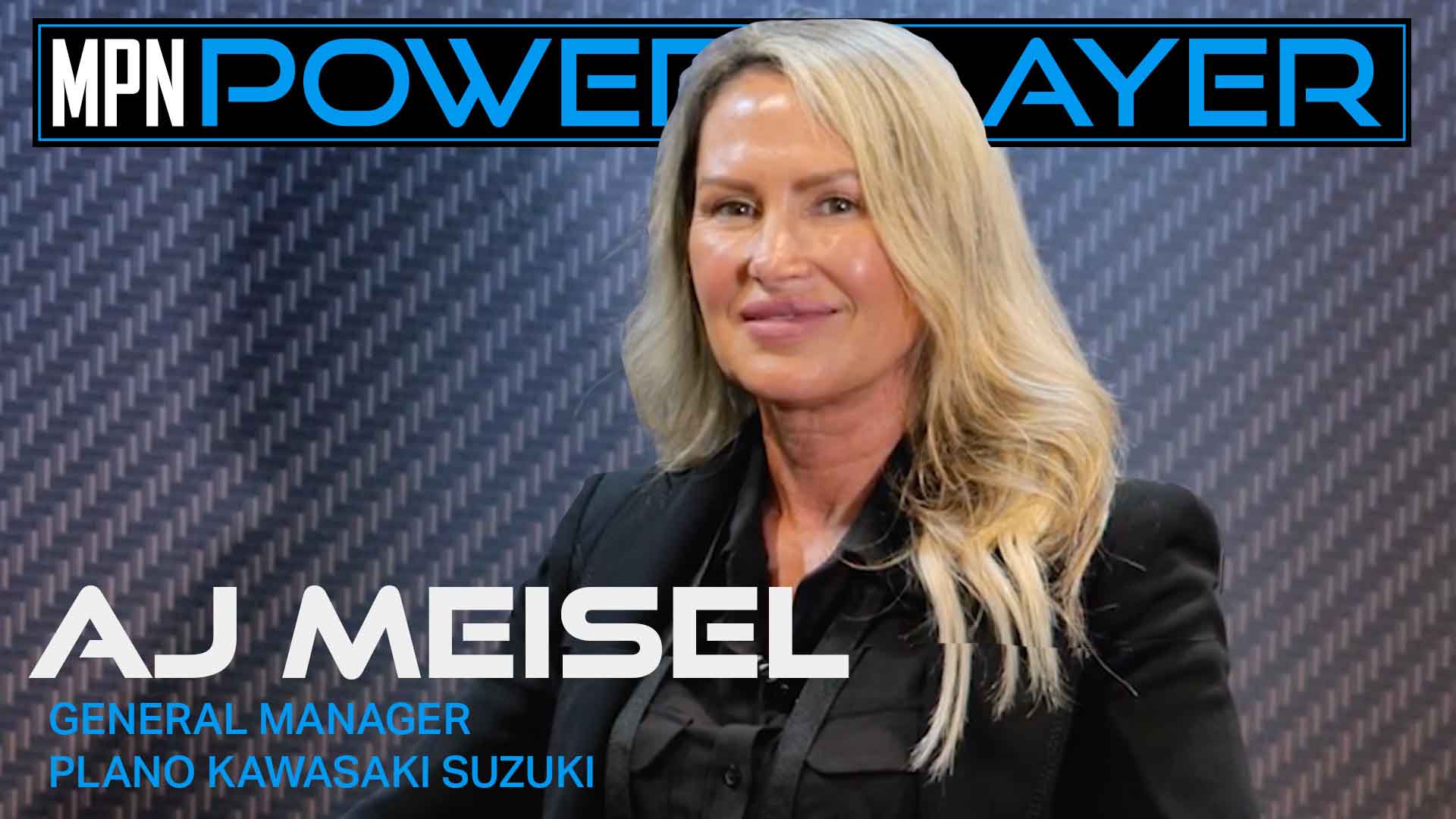If you’ve never seen the mockumentary This is Spinal Tap, put it in your Netflix queue. The plot: Spinal Tap, the world’s loudest band, is followed by documentarian Marty DiBergi (played by Rob Reiner) on a disastrous tour.
My favorite scene shows guitarist Nigel Tufnel, played by Christopher Guest, showing DiBergi some of his equipment. They stop at some amplifiers and share a deadpan exchange about the band’s amplifiers, which can be turned to 11 while conventional amps only go to 10.
Take Your Compensation To 11
A well thought out compensation plan may give you the edge your dealership needs. However, great compensation practices won’t fix process problems in your dealership; they won’t find and select great people to work for you; they can’t make sure you’ve selected the right products and priced them appropriately. Yet, they can give your band the push you need to play at 11.
Setting the Stage
Here are some compensation mind-sets both management and employees must change if you’re going to be successful. Some dealership’s manage using what I call the Retail Robber Baron Mentality.
Wanna Hear More From Mark?
listen to the podcast:
Performance Based Selling
"My employees should consider themselves lucky to have a job in this economy." Or, "I’m not here to make them rich; they’re here to make me rich."
Providing jobs is important. Most employees understand as an owner you’re entitled to a great return on your risk and your investment. Most can even understand your desire to be hard-nosed when it comes to expenses.
At the same time, if you want employees to really maximize their efforts, it needs to be a fair exchange for them. The 2009 Federal Poverty Guidelines for a family of four in the 48 contiguous states is $22,050. Paying just over the poverty level will not get you an unbelievable performer.
Management, however, isn’t the only group prone to occasional illogic when it comes to compensation. Employees, too, can be either clueless or unreasonable when it comes to their compensation. I call this syndrome Contribution Delusion.
"I just sold a motorcycle for $20,000! That means I just made this dealership $20,000!" Or, "I sold $3,000 dollars today on the parts counter. That’s more than I make in a month! They should pay me more."
Statements like these show someone who hasn’t taken the time to really think about compensation and doesn’t understand an income statement; revenue is not profit. If you have a dealership with a net profitability of five percent, that means out of every dollar taken after costs of goods sold, operating expenses and other income modifications, the dealership realizes a nickel of profit. Yes, that’s right five cents. Still, more sobering is the fact many dealers aren’t operating at even a five percent net profit.
Countervailing Forces
In business and nature there are forces which have counteracting effects. In this example we’ll illustrate the countervailing forces between an employee’s skill level and the amount of management direction required.
Lower skilled employees need more management direction, meaning workers can’t innovate, problem solve or create. Therefore, managers have to spend more time supervising the employee. Moderate skills require moderate management intervention, while highly skilled employees require very little management direction, freeing managers to actually move the business forward. They can spend more time managing and less time hand holding.
Employees might even be receptive to the idea of job sharing lower skilled responsibilities to either increase their own wages or protect their hours. For example, it’s known that flight attendants have been asked to take the place of subcontracted cleaning crews to protect their positions from layoffs. This is not to say you can’t take a low skilled person and improve their skills; I’m only saying that if your strategy is to higher lower skilled people in an attempt to keep your compensation expenses low, you could be setting yourself up for a negative business cycle which can be tough (and painful) to break.
It sounds like a great strategy: get a few new people with some interest in motorcycling and bring them on as salespeople at the lowest wage possible. Even with an aggressive training plan and close supervision, their success rate is minimal. Quite often they aren’t skilled enough to hit their sales targets and their additional incentives. Moreover, you are subjecting customers to their learning curve.
This contributes to low morale and subsequently even lower sales. The resulting lack of success on all fronts frustrates the employee to the point where they quit. Anytime employees quit it infects the mindsets of other salespeople and can lead to additional turnover. The problem with turnover is that you don’t get to pick who leaves and who stays; you run the risk of losing a star player.
Once that happens you might not have enough employees to find and keep customers, so this causes overall poor margin results; which, in turn, directly affects your available dollars for new hires and top gun talent. So, you have to hire more low-skilled employees and, guess what, just like an internal combustion engine, the cycle starts all over again.
Attract Highly Skilled Employees
A paramount dealership management challenge is to create a work environment that attracts and retains highly skilled employees, and great compensation plans can help. Next time we’ll talk about specific compensation strategies to attract rock stars who will help you push your sales to 11.













